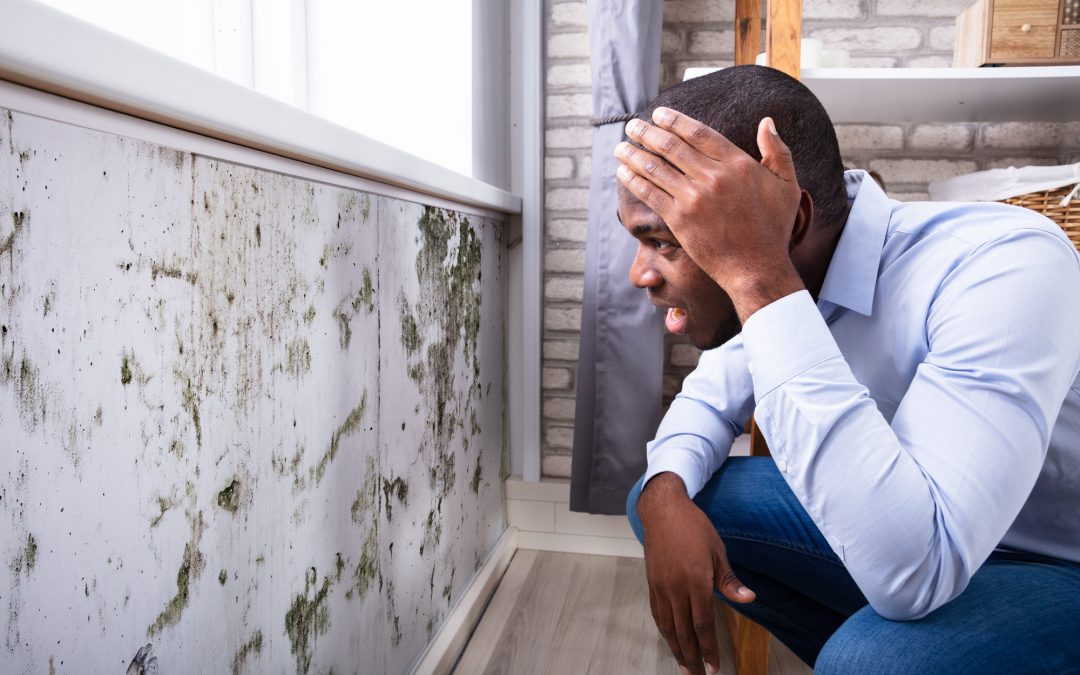Testing Air Quality After Mold Remediation
Your Ultimate Overview to Blog Post Mold Remediation Methods
Browsing the realm of post-mold remediation techniques is a meticulous process that requires attention to information and a detailed understanding of the intricacies involved. In the after-effects of mold and mildew problem, knowing how to successfully remove the mold and prevent its reoccurrence is vital for keeping a healthy interior atmosphere. From choosing the right cleansing and sanitizing approaches to carrying out techniques for long-lasting mold avoidance, each action in the removal journey plays a crucial duty in making sure a successful result. As we start this exploration of post-mold remediation strategies, we will reveal the crucial methods and ideal methods that can aid you recover your room to its pre-mold problem and safeguard it against future mold and mildew hazards.
Comprehending Post-Mold Remediation Process
After finishing the mold and mildew removal process, it is crucial to understand the post-mold remediation methods that are necessary to guarantee a thorough and reliable cleaning. As soon as the mold has been eliminated, the next step involves cleansing and decontaminating the impacted locations to protect against any regrowth of mold and mildew.
Additionally, performing a final assessment post-remediation is crucial to ensure that all mold has actually been effectively eliminated. If the evaluation exposes any sticking around mold and mildew, additional removal may be necessary.
Reliable Cleaning and Disinfecting Techniques

Avoiding Future Mold Development

Relevance of Appropriate Air Flow
Appropriate ventilation plays a vital duty in stopping moisture build-up, a key consider mold growth within indoor atmospheres. Efficient ventilation systems assist get rid of excess moisture from the air, reducing the possibilities of mold and mildew spores finding the moisture they need to spread and germinate. Without adequate ventilation, interior spaces can become a breeding place for mold and mildew, causing possible wellness risks and structural damages.
By making certain correct air blood circulation, air flow systems can also assist in drying moist areas extra promptly after water damages or flooding cases, further preventing mold and mildew development. testing air quality after mold remediation. In areas like shower rooms, attics, cooking areas, and basements where moisture levels tend to be higher, mounting and preserving reliable air flow systems is vital in stopping mold and mildew invasions

Tracking and Maintenance Tips
Given the essential role that appropriate air flow plays in stopping mold growth, it is critical to establish reliable tracking and maintenance ideas to make sure the continued functionality of ventilation systems. Tracking humidity degrees within the residential or commercial property is additionally crucial, as high humidity can contribute to mold and mildew growth. By remaining alert and proactive to the condition of air flow systems, building owners can successfully mitigate the threat of mold and mildew regrowth and keep a healthy and balanced interior atmosphere.
Final Thought
To conclude, post-mold remediation techniques are important for ensuring a tidy and secure environment. Recognizing the process, implementing efficient cleaning and disinfecting approaches, avoiding future mold and mildew growth, preserving correct ventilation, and normal monitoring are all essential steps in the remediation process. By complying with these standards, you can effectively eliminate mold and prevent its return, promoting a healthy living or functioning room for all residents.
In the after-effects of mold infestation, knowing exactly how to successfully get rid of the mold and mildew and prevent its reoccurrence is extremely important for maintaining a healthy and balanced interior atmosphere. When the mold has been gotten rid weblink of, the next step entails cleansing and disinfecting the impacted areas to prevent any regrowth of mold - testing air quality after mold remediation. After getting rid of noticeable mold development, it is important to clean up all surfaces in the afflicted location to eliminate any staying mold and mildew spores. To better boost mold avoidance steps, it is important to resolve underlying concerns that originally led to mold and mildew advancement.Given the critical function that proper air flow plays in preventing mold development, have a peek at this site it is important to develop effective surveillance and maintenance tips to ensure the ongoing functionality of ventilation systems